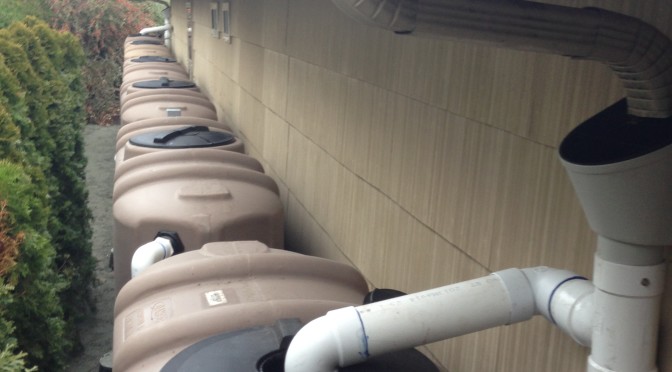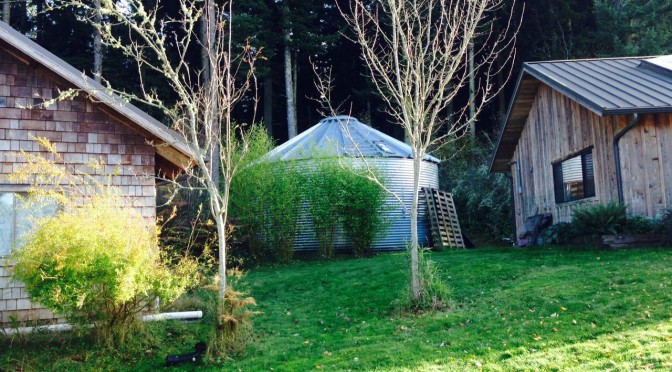 As the weather begins to feel more like winter than autumn and our thoughts turn towards family and friends as the Thanksgiving holiday approaches, don’t neglect your gutter maintenance routine.
As the weather begins to feel more like winter than autumn and our thoughts turn towards family and friends as the Thanksgiving holiday approaches, don’t neglect your gutter maintenance routine.
No one likes to clean gutters – especially during the holiday season. But, with the winds blowing, this is the most important time of year to be on top of your gutters. Wind blows pine needles and leaves from shedding trees – not only into your yard, but into your gutters as well, causing obstructions in the gutters and downspouts. Organic matter, created by tannins in your stored water can be eliminated by removing debris from your gutters and screen baskets. While gutters should be inspected twice per month and cleaned as necessary to be sure your stored water remains clean and clear, this maintenance practice is most important at this time of year.
Don’t let an accident spoil your holidays. Please remember to take care while on a ladder by following manufacturer’s safety guidelines. To eliminate the need to climb a ladder, gutter screening is the most effective measure of first line screening. Buy good quality gutter screens for high performance. An extruded framework with stainless steel meshing is desirable.
Don’t forget the screen baskets in either the sump tank or top of cisterns, too. They should be inspected a few times per month and cleaned as needed.
These simple gutter maintenance tasks will help ensure collected water is safe and clean.



 With the new “Green Storm Water Infrastructure” or
With the new “Green Storm Water Infrastructure” or  Cement water tanks are not naturally waterproof; cracks in concrete can result years after construction. The use of a liner, whether spray on epoxy, or a poly bag will prevent groundwater from entering the water tank as well as improve water quality.
Cement water tanks are not naturally waterproof; cracks in concrete can result years after construction. The use of a liner, whether spray on epoxy, or a poly bag will prevent groundwater from entering the water tank as well as improve water quality.
 A well-designed and soundly constructed rainwater collection system, with scheduled ongoing maintenance, will provide years of quality domestic use.
A well-designed and soundly constructed rainwater collection system, with scheduled ongoing maintenance, will provide years of quality domestic use. San Juan County was the first county in Washington State to allow rainwater collection for potable use, due to salt water intrusion of wells like RainBank president, Ken Blair’s system. Low production and higher levels of fecal coliform or nitrates are other factors that have plagued wells in this area.
San Juan County was the first county in Washington State to allow rainwater collection for potable use, due to salt water intrusion of wells like RainBank president, Ken Blair’s system. Low production and higher levels of fecal coliform or nitrates are other factors that have plagued wells in this area.